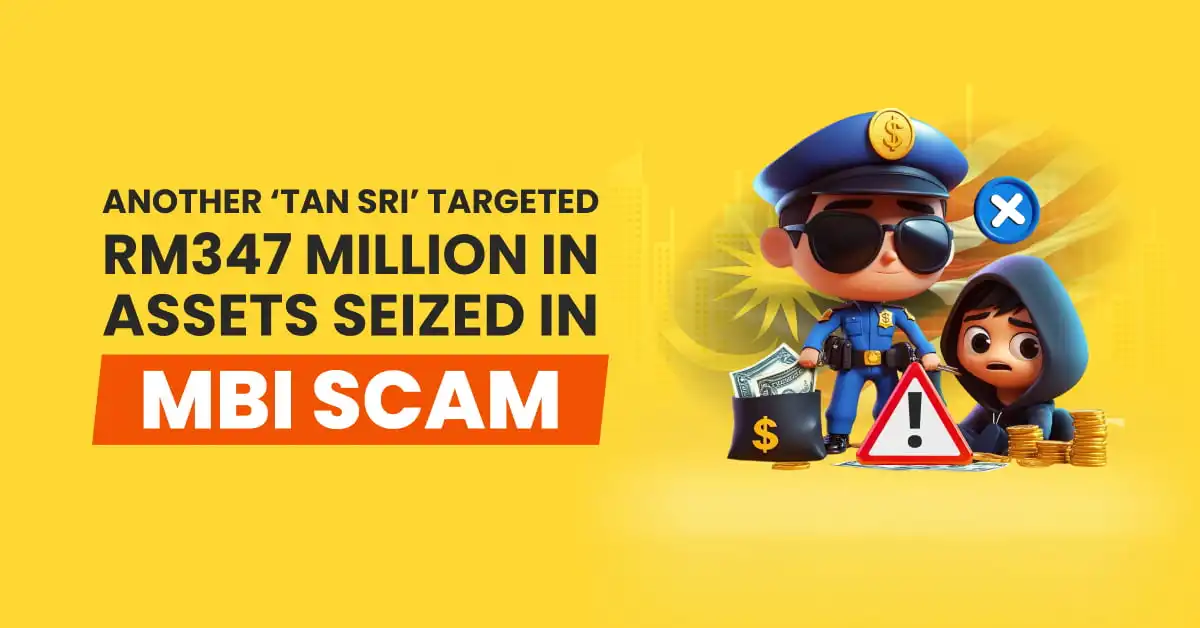Funded Trader Success Rates Exposed: Much Tougher Than You Think
Abstract:High profits with no risk? Funded trading programs might seem appealing, but the reality is brutal. Find out why only a tiny fraction of traders actually succeed.

In recent years, funded trader programs have gained immense popularity among aspiring forex traders. These programs offer a seemingly attractive opportunity: trade with large capital without risking your own money. On the surface, it appears to be a win-win situation, as traders only need to prove their skills through a challenge to secure funding from a proprietary trading firm (prop firm).
However, the reality is far from glamorous. Behind the promises of capital and potential profits lie strict rules, high upfront costs, and daunting success rates that traders must navigate. Understanding how these programs actually work and the real chances of success is crucial for anyone considering joining.
The Real Rules of the Game
The basic concept of a funded trader program is that traders pay an entry fee to participate in a challenge or evaluation. These fees vary widely, from as low as $50 to over $1,000, depending on the funding level and trading capital offered. Generally, higher entry fees correspond to larger funding opportunities.
Traders are typically given a simulated trading account to demonstrate their ability to meet profit targets while adhering to stringent risk management criteria. These criteria often include:
• Profit Targets: Achieving a specific percentage gain, often ranging from 5% to 10% within a set period.
• Drawdown Limits: Maintaining losses below a specified percentage, typically around 5% to 10%.
• Time Constraints: Completing the challenge within a defined timeframe, often 30 to 60 days.
What makes the challenge even tougher is that some programs have multi-stage evaluations. Traders might pass the first round only to face an even stricter second round. Success at both stages is required to secure a funded account.
High Fees, Low Rewards
One of the most overlooked aspects of funded trader programs is the sheer cost involved. Entry fees can add up quickly, especially if a trader repeatedly fails challenges and has to reapply. Moreover, even successful traders often find that the payout ratios are not as lucrative as they initially seemed.
In many cases, firms offer profit splits ranging from 50% to 80%, but the reality is that only a small percentage of traders ever see those profits. Even after securing funding, maintaining the account is another challenge, as traders must consistently meet profit targets without exceeding drawdown limits.
Success Rates: The Grim Reality
Despite the attractive prospects, the truth is that very few traders actually succeed in funded programs. Industry data reveals that pass rates for initial evaluations range from 5% to 10%. However, even among those who do secure a funded account, maintaining profitability is a daunting task.
According to aggregated statistics, only about 20% of funded traders receive any payouts at all, and only 1% to 2% of total participants ultimately make money. This means that out of 100 traders who start the process, merely one or two will see actual returns.
Additionally, some traders report waiting months or even years to receive their payments, as firms often delay payouts due to “administrative” or “evaluation” issues.
Final Thoughts: Know What You‘re Getting Into
While the idea of trading with someone else’s capital sounds appealing, the reality is that the pathway to profitability is riddled with obstacles. With high entry fees, low success rates, and unpredictable payouts, aspiring traders must weigh the risks carefully before committing.
Before diving into any funded trader program, take the time to research the firm, read reviews from real users, and understand the payout structure. Only by approaching the challenge with realistic expectations and diligent preparation can you improve your chances of success.
Read more

CySEC reaches €20k settlement with ZFN EUROPE
According to report, the Cyprus Securities and Exchange Commission (CySEC) announced today that it has entered into a settlement agreement with ZFN EUROPE Ltd for the amount of €20,000. This settlement resolves a regulatory inquiry into ZFN Europe’s compliance with Cyprus’s Investment Services and Activities and Regulated Markets Law of 2017, as amended.

Prop Trading Firms vs. CFD Brokers: Who’s Winning the Retail Trading Race?
In recent years, a new breed of retailer-focused trading firms has emerged: proprietary (prop) trading outfits that recruit individual traders to trade the firm’s capital under structured rules. Boasting low entry costs, clear risk parameters, and profit-sharing incentives, these prop firms are rapidly winning over retail traders, many of whom previously traded Contracts for Difference (CFDs) with established online brokers. As prop trading revenues accelerate, a key question arises: Are CFD brokers losing business to prop firms?

Another ‘Tan Sri’ Targeted, RM347 Million in Assets Seized in MBI Scam
Malaysia’s police are stepping up their investigation into the MBI investment scam, a multi-billion ringgit fraud that has dragged on for nearly a decade. The Royal Malaysian Police (PDRM) is now planning to arrest another prominent figure with the title ‘Tan Sri’, following recent arrests and major asset seizures.

Tradu Joins TradingView for Seamless CFD and Forex Trading
Tradu, a global trading platform, integrates with TradingView for seamless CFD and forex trading, offering transparency, tight spreads, and fast execution.
WikiFX Broker
Latest News
Love, Investment & Lies: Online Date Turned into a RM103,000 Scam
Broker Took 10% of User's Profits – New Way to Swindle You? Beware!
Pi Network: Scam Allegations Spark Heated Debate
Broker Comparsion: FXTM vs AvaTrade
Account Deleted, Funds Gone: A New Broker Tactic to Beware Of?
Broker’s Promise Turns to Loss – Funds Disappear, No Compensation!
StoneX Subsidiary, Gain Global Markets Bermuda, Penalized for Trading Misconduct
El Salvador and U.S. Launch Cross-Border Crypto Regulatory Sandbox
The Instagram Promise That Stole RM33,000
Coinbase Launches Bitcoin Yield Fund for Institutional Investors
Rate Calc
